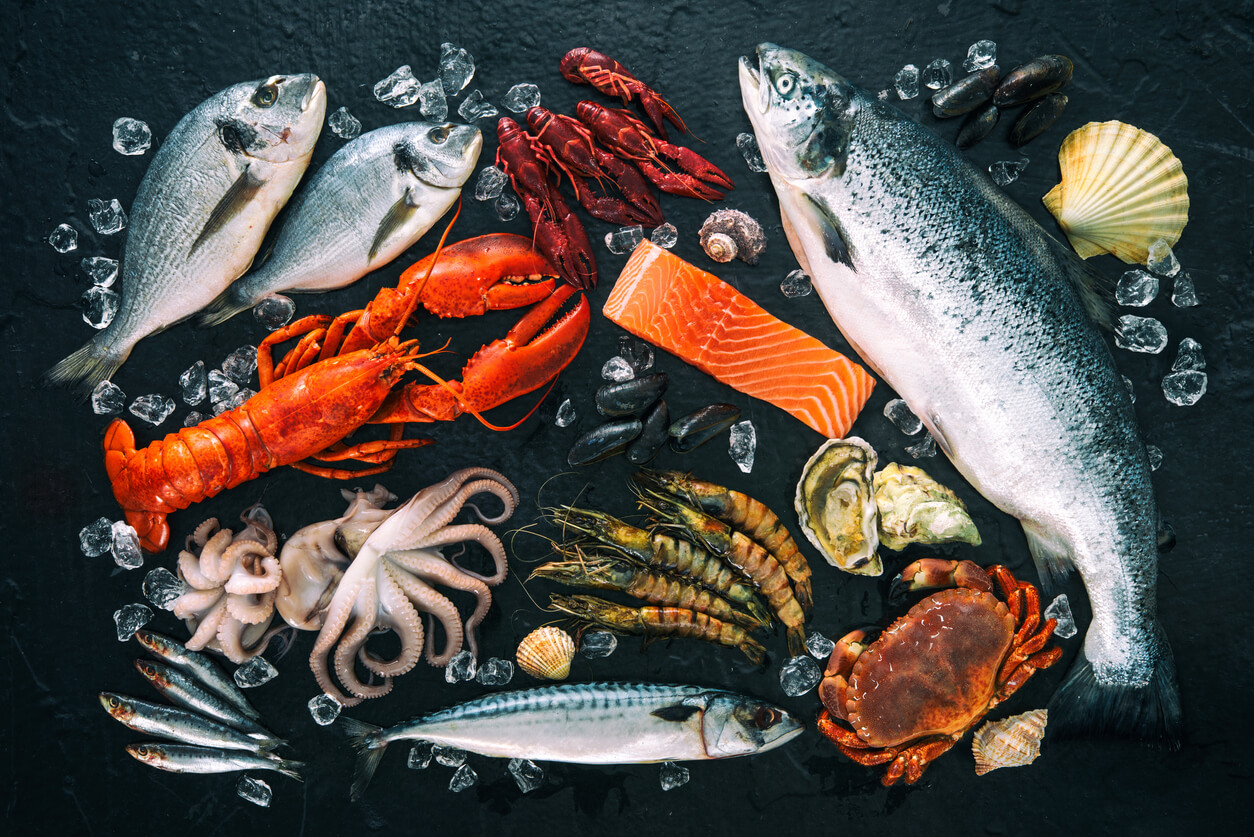How to ensure your seafood is “Sashimi Grade”
Sashimi Grade is the gold standard, a gauge that lets you know whether seafood is safe to eat raw, right?
That’s what I used to think, too. I assumed sashimi grade was some kind of regulated and measurable label, like Extra Virgin Olive oil—the king of olive oils—or Certified Organic beef.
It’s not: Sashimi grade means absolutely nothing. It is simply an opinion. It means that the seller has judged it to be safe to eat raw.
Now I’m not trying to scare you out of eating tuna sashimi, or poke, ceviche, salmon tartare or delicious carpaccios…
But if you want to reduce your chances of getting food poisoning, as food poisoning from raw fish isn’t uncommon, here are some simple steps to follow to ensure your raw fish and seafood is truly “sashimi grade.”
Avoid fresh water fish and cod:
Fresh water fish, and some anadromous fish that spend time in both fresh and salt water, are more likely to have tapeworms, which can be more harmful to you than other parasitic worms.
Both Atlantic and Pacific cod are also more susceptible to infections and are best to be avoided raw.
Temperature abuse:
More common than parasites is bacteria, and bacteria contamination can come about through temperature abuse. This means if the fish is kept at unsafe temperatures for too long, it could become contaminated and poison you. As a general rule, it should be stored below 4C (40F) to be kept safe.
Be careful where you buy your fish:
Though it’s not always easy to know exactly how your seller is storing and preparing their seafood, there are some things you can look for:
If you’re at a fresh fish market, for example, look to make sure the fish is placed on crushed ice, or buried in ice completely (and has the ability to drain as the ice melts).
Second, the fillets shouldn’t be touching one another.
Also, while fish can be smelly, the air shouldn’t be too “fishy.” It should have a more clean, marine smell to it.
Gut it yourself:
If you buy a whole fish and you’re not sure about how sanitary the seller is, don’t get them to gut it for you. Do it yourself at home.
Be on the lookout for worms:
To be extra safe, if you’re making your own ceviche etc, look for worms. While freezing does kill parasites and worms, it doesn’t actually remove them from the fish. If you look closely, you will actually be able to see them, as some are around one centimeter in length. Others look kind of like a grain of salt. Shining a light on the fish also helps expose any parasites and worms.
If I haven’t scared you away, here’s a great fish and shrimp ceviche recipe:
Ingredients:
- Small red onion cut into tiny pieces
- 1 lb. fresh raw fish, such as mahi-mahi, tilapia or red snapper cut into small cubes
- 1/2 lb. cooked shrimp cut into smaller pieces
- 3 or 4 cloves of garlic minced finely
- Sea salt and pepper to taste. Cayenne pepper is also a good addition if you like spice
- Fresh cilantro to taste
- 1/2 to 1 jalapeno cut small
- Juice from 2 to 3 limes, depending on how juicy each one is
- 1-2 tomatoes cut into small cubes
- 1-2 avocados cut into small cubes
- 1 Tbsp. Olive oil
Then:
- Place the fresh fish, garlic, onion, salt, pepper, jalapeño and lime juice in a shallow bowl. Mix it together and let it marinate in your fridge for 30 minutes to an hour before you serve. The longer it stays in the fridge, the more the fish will firm up.
- Add all the other ingredients and mix together.
Eat the ceviche. With tortilla chips!







